4T-Power Analysis in AC Circuits
Power Analysis in AC Circuits
In Power Analysis in AC Circuits (Video on Demand), you'll learn ...
∙ How to work with three-phase power
∙ How to describe how instantaneous and average power in AC circuit can be written in terms of peak current and voltage and of rms current and voltage
Calculate what is required for power factor correction
Overview
Credit: 4 technical hours
As a general concept, power describes the speed at which a certain amount of energy is released/transmitted by a system. In any domain, power is therefore expressed as a quantity of energy per unit of time. The international unit for the power is in Joules/second (J/s), which is also known as Watts (W). In electricity, instantaneous power is determined by the product of the voltage and current signals. In this course, we will focus on the power in AC circuits, which is different from DC circuits. Firstly, we discuss how to determine AC power and where its expression comes from. Then we introduce an important concept called the power factor, which is crucial to understanding the power in AC circuits. The power triangle concept is introduced, which is associated with some definitions. Lastly, we examine Power Factor Correction. Before finishing, we carry on to three-phase systems and learn to extrapolate our concepts from single to three-phase circuits.
This course is meant to eliminate the mysticism of electrical power calculation, including real, reactive, and complex power in the analysis of AC circuits. This is accomplished using clear, easy-to-understand, derived formulas, using only algebra and a minimum of trigonometry. The slides are clear and crisp, using sequential animation to gently guide the student through the logic.
Specific Knowledge or Skill Obtained
This course teaches the following specific knowledge and skills:
∙ Define "power" and "energy"
∙ Define and work with "complex power"
∙ Differentiate between "real" and "reactive" power
Determine the relationship between the phase angle of the current and voltage and the average power, known as the power factor
| Learning Objectives | Specific Knowledge or Skill Obtained This course teaches the following specific knowledge and skills: ∙ Define "power" and "energy" ∙ Define and work with "complex power" ∙ Differentiate between "real" and "reactive" power Determine the relationship between the phase angle of the current and voltage and the average power, known as the power factor |
|---|---|
| Contact Hours | 4 Horas |
| CIAPR courses | CURSO TECHNICO |
| Instructor | Graham Van Brunt, P.E. |
| Devices | Desktop, Tablet, Mobile |
| Language | English |
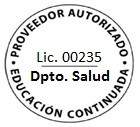
IACET ACCREDITED PROVIDER
|
Self Learning Solutions LLC es una empresa con más de 14 años de experiencia en este mercado. En Self Learning Solutions estamos orgullosos de haber obtenido la acreditación IACET para nuestra organización, junto con las aprobaciones necesarias para comercializar nuestros productos en todo Estados Unidos. Self Learning Solutions está acreditado por la Asociación Internacional para la Educación y Formación Continua (IACET). Self Learning Solutions cumple con el estándar ANSI / IACET, que es reconocido internacionalmente como un estándar de excelencia en las prácticas de instrucción. Como resultado de esta acreditación, Self Learning Solutions está acreditada para emitir la CEU IACET. |
SLSTECH System Requirements
To run our system effectively you should, as a minimum, use the system components listed on this page. If you do not, the system may still work but some functionality may be lost. Workplace IT environments' internal configurations can also restrict the functionality of our system. Access to content may be affected, as may the possibility of uploading files. File size limitations may also apply. Workplaces may also have older versions of software, and our system may not perform well with these.
Operating system
-
Recommended: Windows 7, 10, Mac OSX Sierra, iPad IOS10
Internet speed
-
Use a broadband connection (256 Kbit/sec or faster—this will ensure that you can view videos and online presentations) through USB wireless modem, ADSL, T1/T2, fibre optic or cable.
-
Dial-up access will be significantly slower, and we do not recommend it for using our system.
Internet browsers
Compatible browsers include:
-
Google Chrome 32 bit version 50 or later (recommended for optimal compatibility, this has been thoroughly tested on Windows)
Safari 10 or later (recommended for optimal compatibility, this has been thoroughly tested on Mac)
Note that add-ons and toolbars can affect any browser's performance.
-
MS Internet Explorer is not recommended
Settings
We recommend that the following be enabled:
-
Cookies
-
Pop-ups (in both Internet browser and security software)
-
Javascript
-
We recommend that you use the latest version of Adobe Flash Player.
Software
-
We recommend that you use the latest version of Adobe Acrobat Reader.
-
To view all the resources uploaded to Hazmat Authority, you will probably need to have Microsoft Office (Word, Excel, PowerPoint) or an equivalent (e.g. Open Office, Viewer) installed.
Security
With all firewalls, ensure that you enable uploading of files.


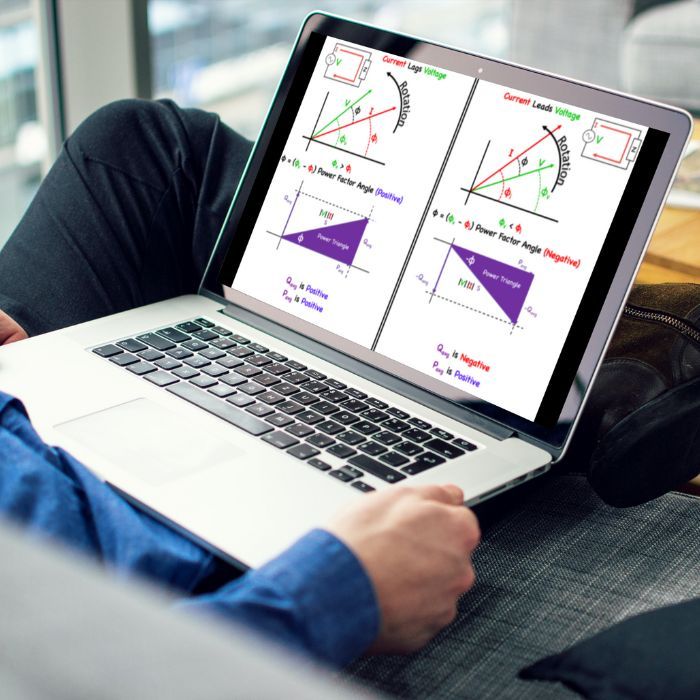
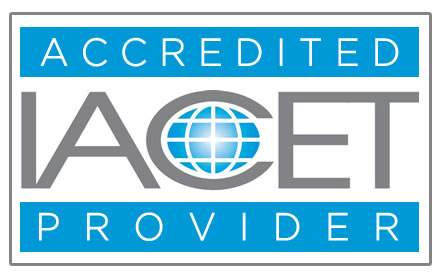






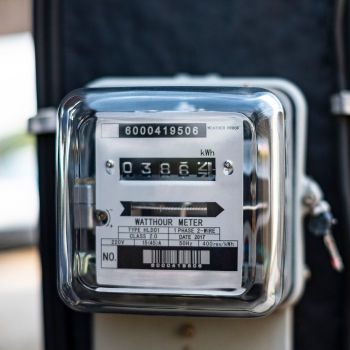
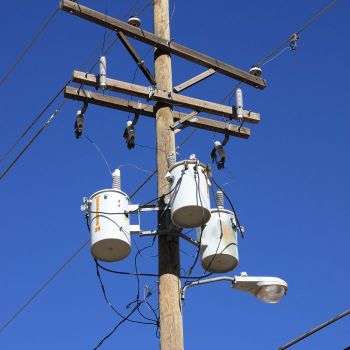
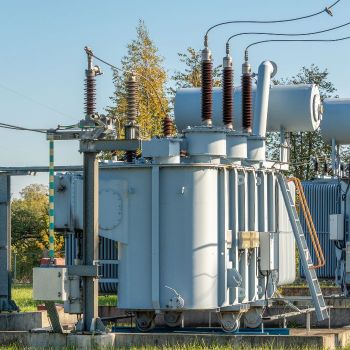

Validate your login
Sign In
Create New Account